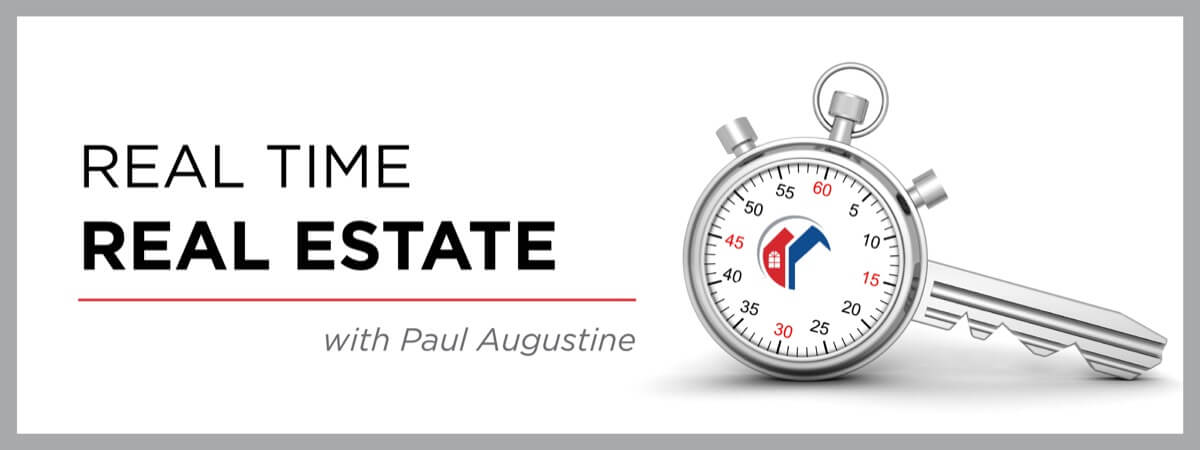
The Power of 1.3: Why the U.S. Real Estate Market Shows No Sign of Slowing Down
At the foundation of every market is the age-old battle of Supply vs. Demand. Let’s jump back to Economics 101, and look at how basic supply-demand relationships affect real estate:
- Low supply, low demand: A balanced market, at best. Possibly a buyer’s market depending on which is lower.
- High supply, high demand: Also a balanced market, at best. Scales could tip ever so slightly in the favor of buyer or seller depending on which is higher.
- High supply, low demand: Textbook buyer’s market.
- Low supply, high demand: Textbook seller’s market.
A Look Back at Our Last Crisis
Let’s rewind to the beginning of our current seller’s market and talk through the sequence of events. Believe it or not, it all began at the shift from seller’s market to buyer’s market in 2008.
At the time, mortgage and construction financing guidelines were changing rapidly. Several banks were heavily vested in the financing of new construction projects, all of which withdrew from this form of financing in a very short timespan. This meant that, for the most part, builders suddenly needed to fund their own projects with very little financed capital. Builders in the United States slowed to a pace of about 600,000 new units per year.
The market could bear this drop for a time. Why? Because simultaneously, a number of existing homes were either liquidated via short sale or foreclosed on and resold as bank owned/REO properties. This influx of distressed inventory supplied current buyers in the market with enough to choose from without missing the fresh supply of new homes.
How the Seller’s Market Persisted
Here was the problem with that 600,000 number, in the long run: the U.S. population grows by about 1.3 million households each year, driving the need for the same number of new doorsteps. Compound the shortage of new home production by four or five years, and we see how the market began to shift.
In late 2009, a mentor of mine named Brian Buffini — industry expert and CEO of the largest real estate coaching and training organization in North America — projected the cause of the next housing market shift would be a supply shortage. This was less than two years after the market was decimated. The claim was nearly unbelievable at the time.
By late 2012, we started to see competitive bidding and decreasing time on market on the homes we had listed in Bucks and Montgomery County. All of Greater Philadelphia began to see early signs of a shift out of a very strong buyer’s market.
Gradually, builders gained confidence that the seller’s market was here to stay. They picked up their pace, raising that annual rate of 600,000 units to just under a million over the next several years. But it did not negate the 12+ years’ shortage of new construction — there was still a cumulative national shortage of about 4.5 million homes. In a nutshell, that’s the root cause for the seller’s market we are experiencing.
As of 2019, only about 1.2 million units were constructed, still just a tick under the current pace of population growth. Builders were finally poised to build at the pace of demand in 2020.
Supply and Demand Factors in a Pandemic Age
As the weeks of shutdown from the COVID-19 crisis march on, the economic reverberations are becoming more apparent. We can’t deny it will impact this year’s real estate transactions to some degree. The number of homes sold in the U.S. in 2019 were estimated at 5.3 million, and projections for 2020 ranged between 5.4 and 5.5 million at the beginning of the year. Now, many home buyers and sellers may choose to delay their moves until they are “back on their feet”, which may push their moves into 2021 or beyond.
But what about supply? Builders’ production is going to be down, too. To some extent, this will counterbalance the fallout of some of the would-be buyers and sellers. If we were to get back to building at the pace of population growth, assuming a 12-month year of production, we might build at a rate of 75% to 80% of that with up to a third of the year in shutdown.
When all is said and done, those 1.3 million new households still need somewhere to live. And the rest of the folks who were considering a move will likely be fed up with their current living situation post-COVID.
It’s true that many people have lost income, and possibly savings set aside for a home purchase. But they’ll be back, and when they are, our national housing market will still be short the units needed to cause a true “balancing of the scales” in the market. Until we reach a steady pace of 1.3 million new housing units annually for several years, we will not see our supply balance with our demand. That’s the power of 1.3.
Supply and demand: the driver of every market, including real estate.

“Real Time Real Estate” is a limited blog series by Paul Augustine, Associate Broker at RE/MAX Centre Realtors, written to help you navigate the good and bad in the era of COVID-19.
